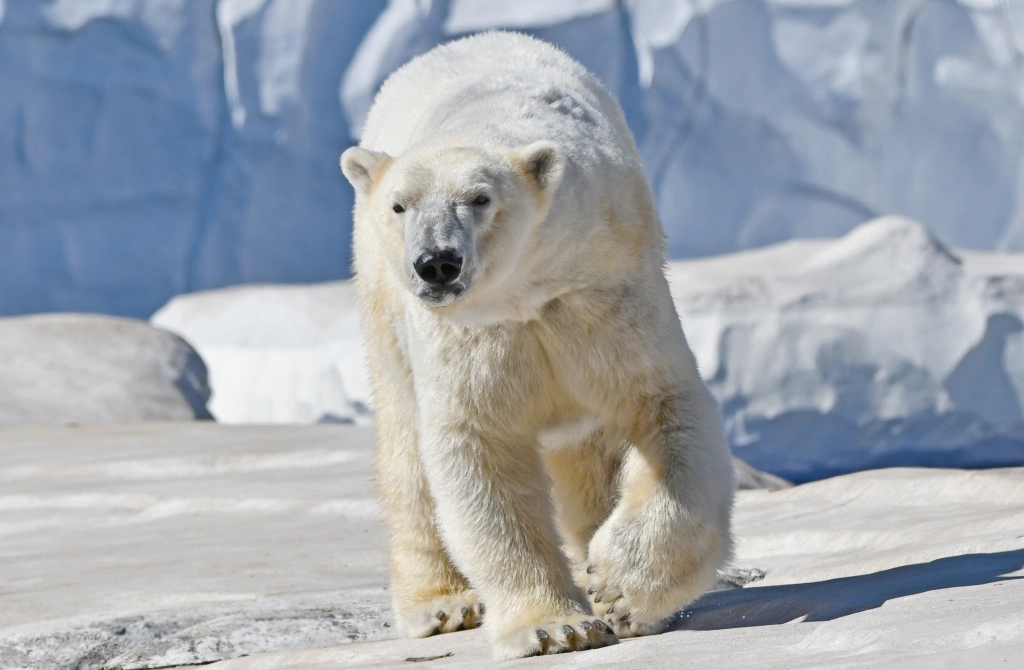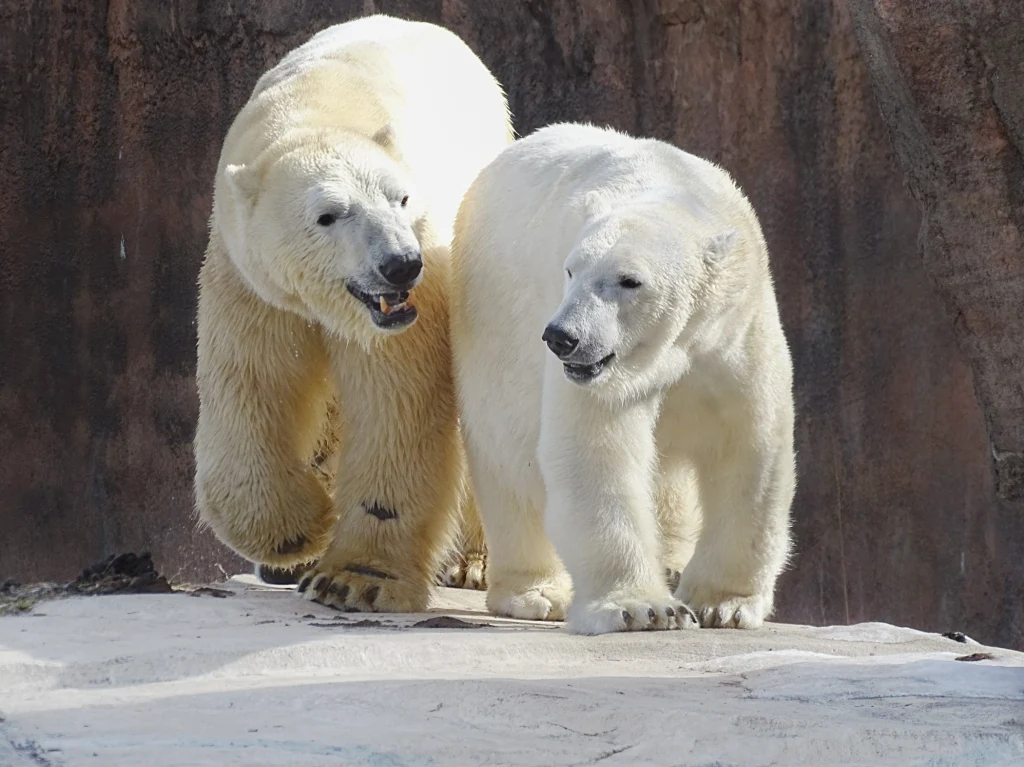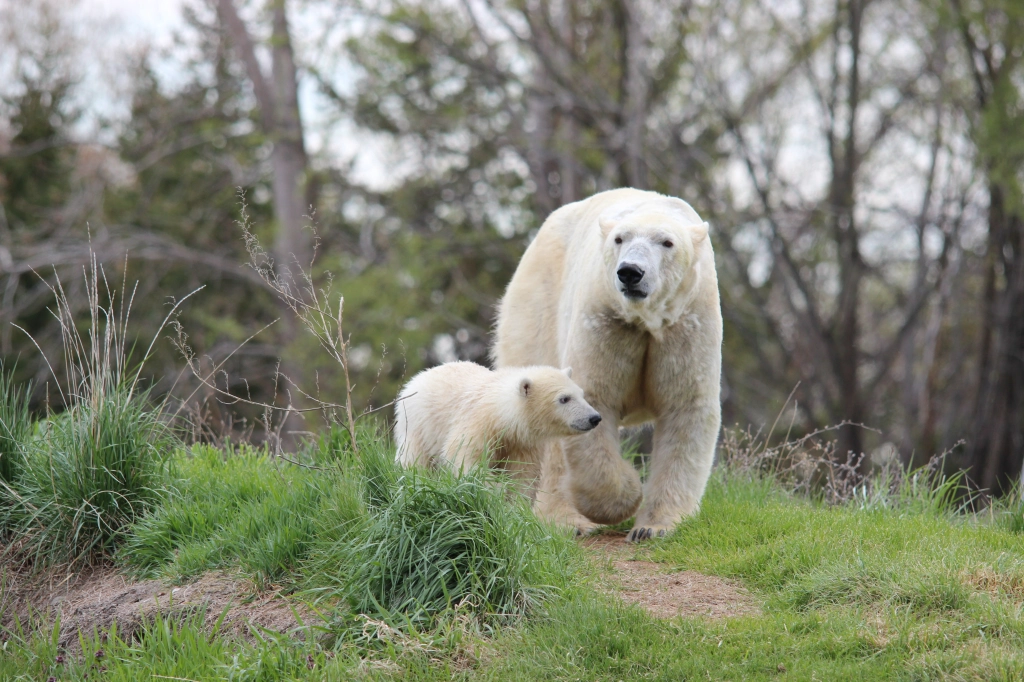
Humans aren’t the only ones who enjoy cozying up inside when the fall chill takes over — so do some of the animals who call the Detroit Zoo home!
If you are visiting the Zoo this season, you may notice that Suka, a female polar bear, has not been as visible inside the Arctic Ring of Life habitat. But there’s no need to worry, her absence is for a heartwarming reason. This fall and winter, Suka will be nestled in her cozy den behind the scenes in hopes of welcoming a polar bear cub (or two!) into the world.
Last spring, Suka and her male counterpart, Nuka, were observed engaging in an important act of nature — breeding. This pair has successfully mated in the past, resulting in twins Astra and Laerke, who were born in 2020 and moved to the Point Defiance Zoo and Aquarium in June 2023. After their past success, experts with the Association of Zoos and Aquariums — an organization dedicated to animal well-being, conservation and the sustainable management of animal populations in human care — recommended that Suka and Nuka be paired together again. So far, all seems to be going well.

It’s important to note that female polar bears will den whether or not they are pregnant. While we are hopeful Suka and Nuka’s union was successful, unfortunately, our staff has no way to confirm if Suka is indeed pregnant. Polar bear pregnancy tests don’t exist, and polar bear cubs are so tiny in the womb that they cannot be seen via ultrasound. Instead, our dedicated animal care team will be closely monitoring Suka for any subtle signs that might indicate an impending birth. We won’t know for sure if there are cubs on the way until November or December.
To give this momma bear the best chance of success, Suka must remain undisturbed during her denning period. Denning is a critical phase in the life of a pregnant polar bear, where she seeks seclusion and tranquility to give birth and raise her cubs. Zoo staff is committed to providing Suka with a stress-free environment to ensure her comfort and well-being. Our team is hopeful that Suka will emerge from this denning season as the mother of some new cubs!
While Suka is cozied up in the bear den these next few months, visitors are encouraged to drop by and say “hi” to Nuka and the sea otters who call the Arctic Ring of Life home. And don’t forget to send Suka all your well wishes.
Update as of January 2024: After months of rest and relaxation under the careful monitoring of our animal care team, Suka emerged from her den. Though we were hopeful for cubs, this was not the case. Suka is now acclimating to life outside the den and will not always be in sight. The team will monitor her closely to determine when she is ready to be reintroduced to male polar bear Nuka. We look forward to a winter full of polar bear fun with Suka and Nuka!









































